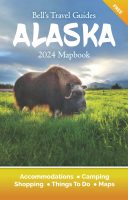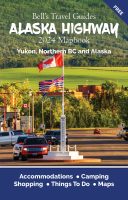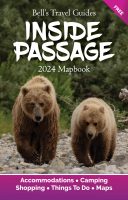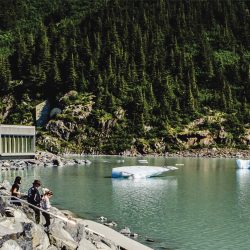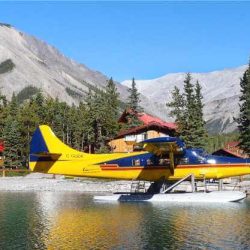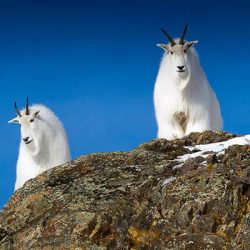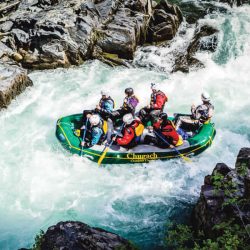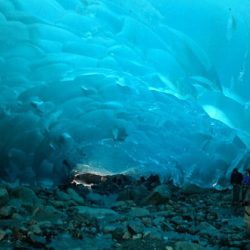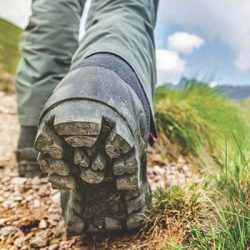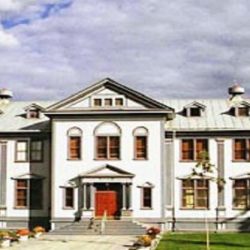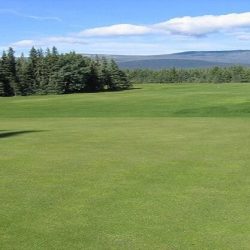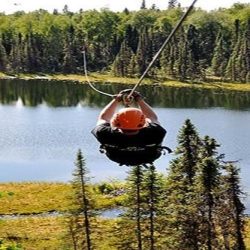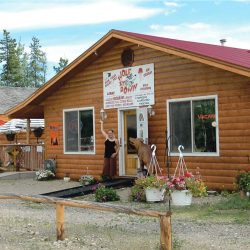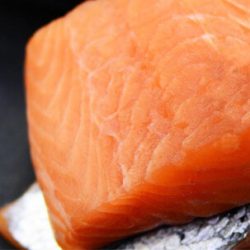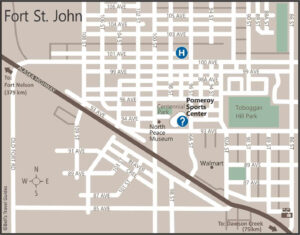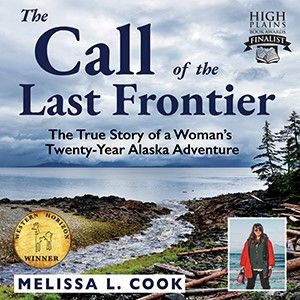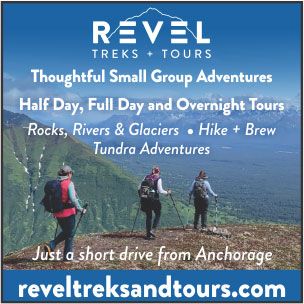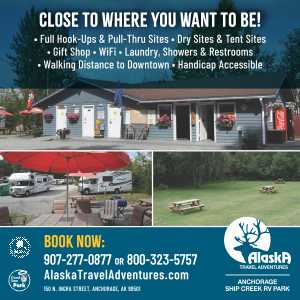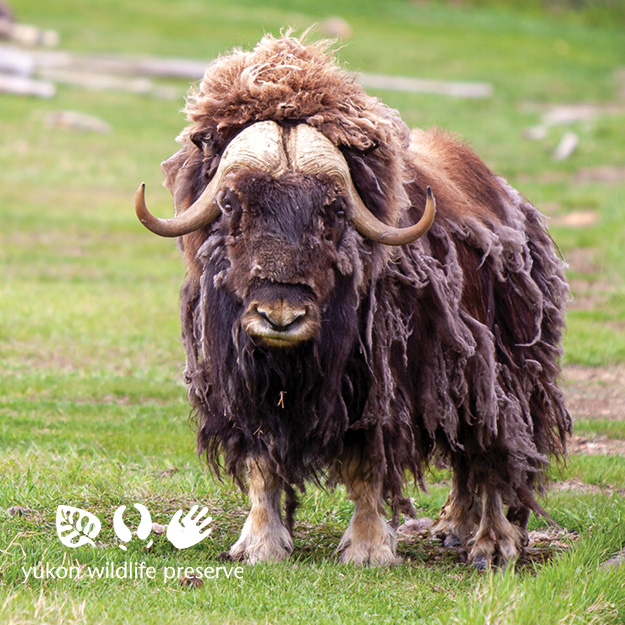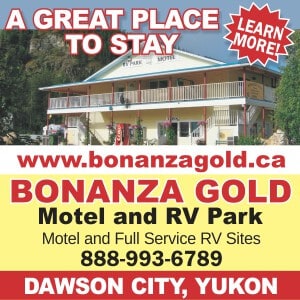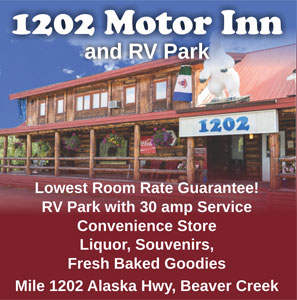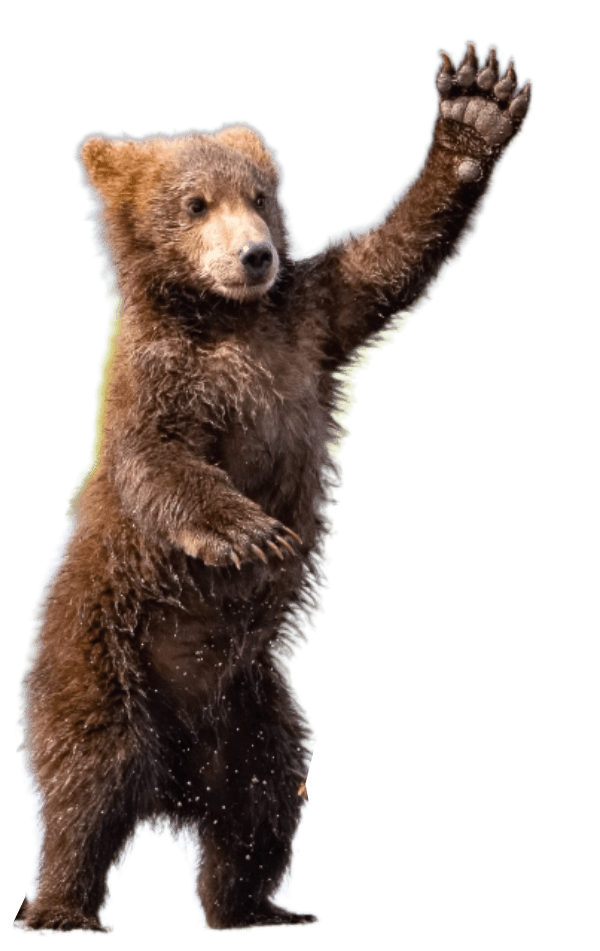Located in the heart of the majestic Peace River country, Fort St. John supports a trading area of more than 69,000 people in the City and outlying service region. The population is dynamic, young, and energetic. Fort St. John is British Columbia’s oldest non-aboriginal settlement and its pioneer spirit is alive and well today.
Fort St. John began in 1794 as a trading post, in 1928 it was established as a community and in 1942 the Alaska Highway was built. During the construction of the Alaska Highway, Fort St. John’s population swelled to 2,000. With the completion of the highway, only nine months later in October 1942, the American troops left and the population dropped to 700.
By 1951 high-grade oil had been discovered and in 1955 West Coast Transmission Company Ltd (now Enbridge) began construction of a pipeline to carry natural gas to the United States. Fort St. John became British Columbia’s oil and gas capital when TransCanada Pipelines built a Natural Gas pipeline in 1957. Their NOVA gas system started operations in 1961.
As Fort St. John continues to grow, so does the supply of retail and other businesses. This friendly, small town has lots of big city amenities, creating a fantastic atmosphere for many to call home. There are plenty of unique shops throughout the city as well as a number of large national chain stores.
Fort St. John is a wonderful place to visit on your trip north as it offers a rich concentration of cultural and outdoor activities. Fort St. John is known as “The Energetic City” and provides top-notch recreation facilities with hundreds of events taking place every year. Come experience Fort St. John’s vibrant spirit for yourself!
